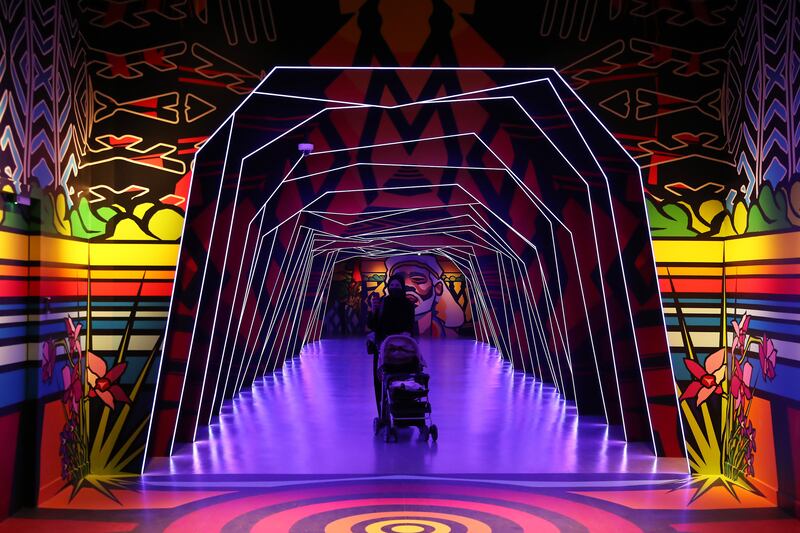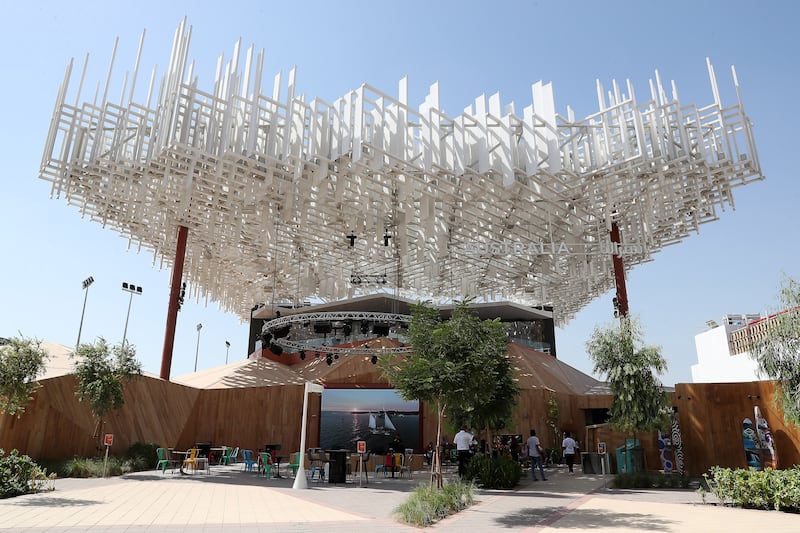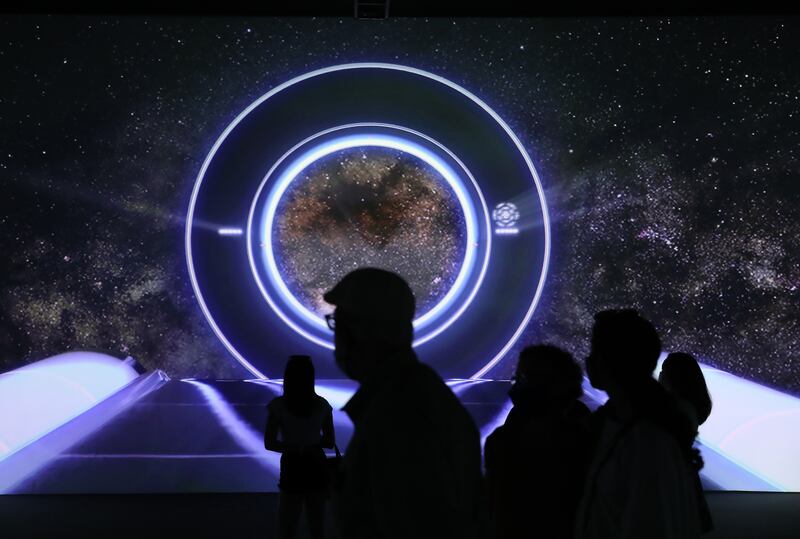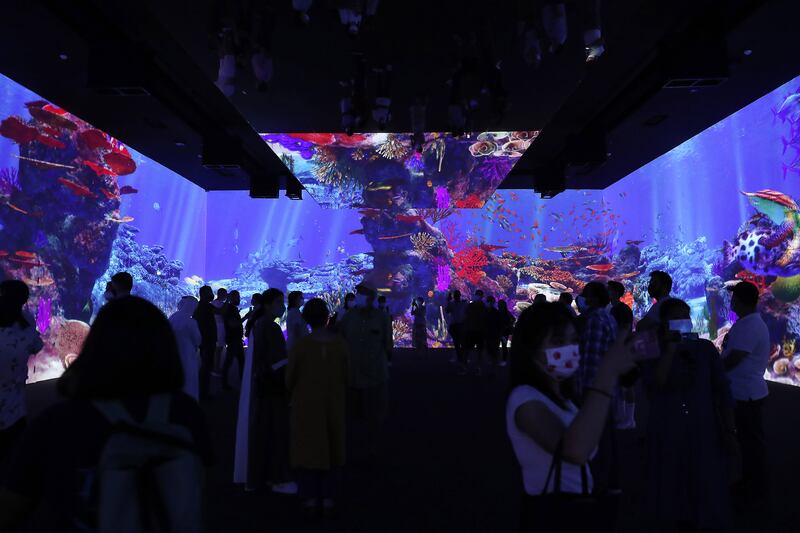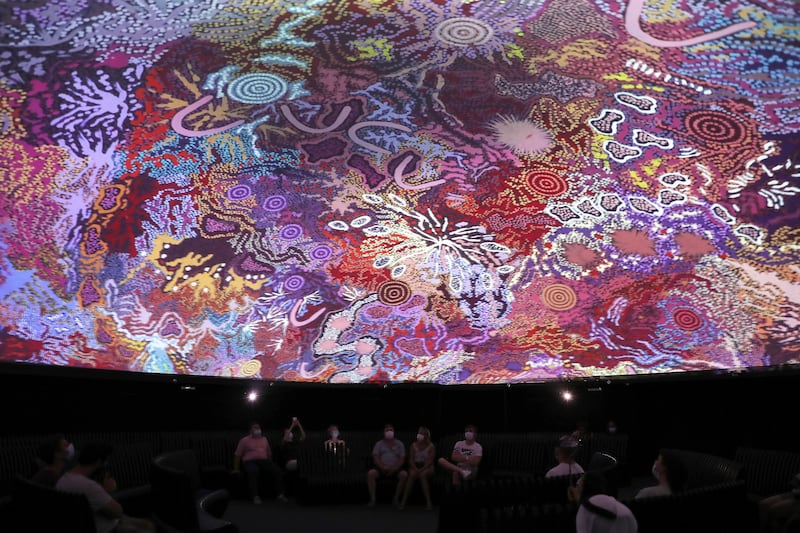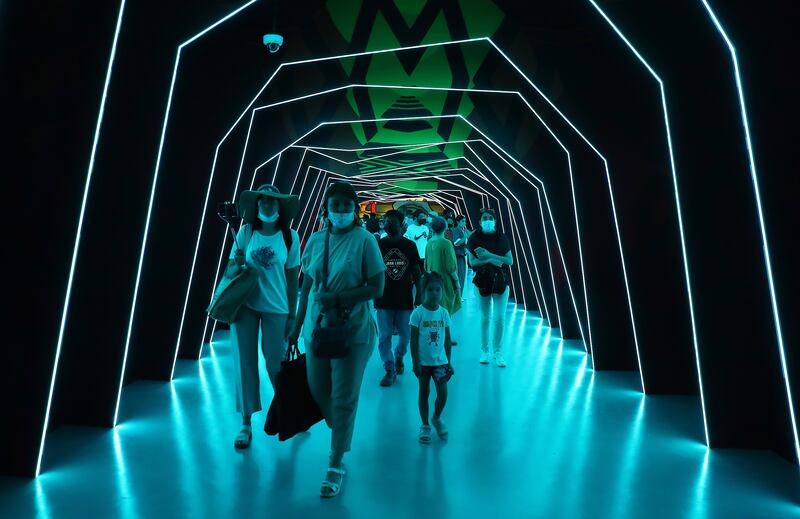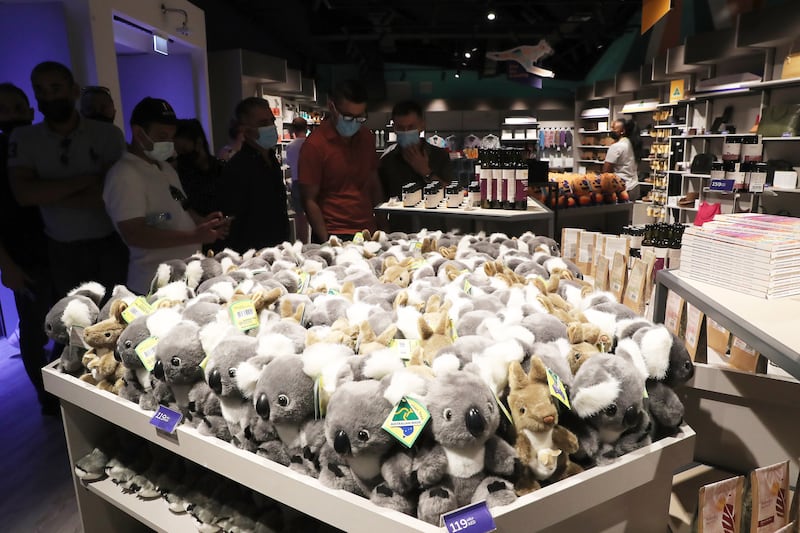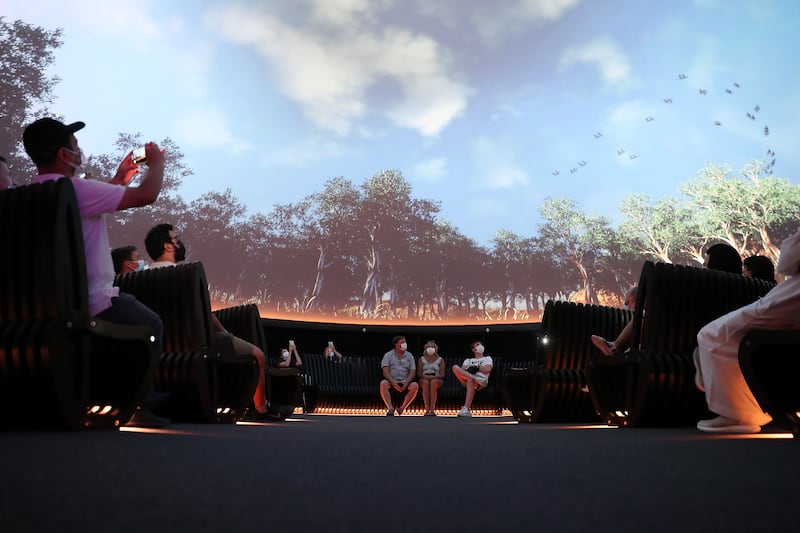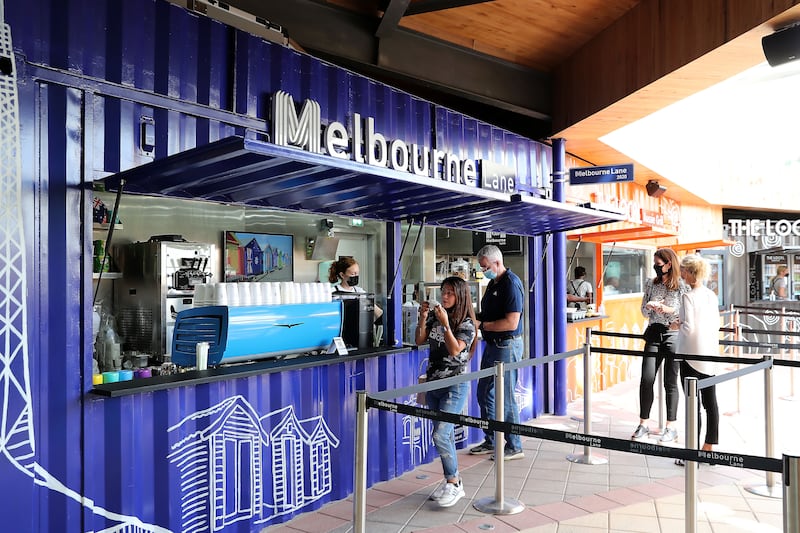Going to an Australian showcase at international events is often a disconcerting experience.
As a citizen of Down Under for a little under 30 years, this is something I've noticed goes against the grain of the Australian character.
We are not really big on self-celebration, patting ourselves on the back or standing out.
LIVE BLOG: Updates and live coverage from Expo 2020 Dubai
It is a belief that was crystallised by a friend, a notable Aussie cultural figure in the UAE, upon leaving the Australia Pavilion at Expo 2020 Dubai this week.
“Well, is that it?” she said, with a grin.
This was more a colloquialism than a flippant mark.
We are a great host nation (from two Olympic Games to several Hollywood films including The Matrix) but never comfortable with taking centre stage.
My mate’s remark is so accurate.
A country under construction
The tech and eco-savvy pavilion, located at the Mobility District, does a fine job of capturing a country under construction.
It is one being built on the back of a startlingly multicultural population and based on the blue-print laid by the country’s diverse indigenous population thousands of years before European settlers arrived at the turn of the 19th century.
It is also a reminder that, despite its growing pains, Australia provided many of us with a generous platform to be the best we can be.
The fact it stands beside the Malaysian pavilion and an international constellation of others, from Croatia and France to Thailand, is sentimentally apt.
From Abu Dhabi to Australia
Four decades ago, I was born in Abu Dhabi, as part of the city's small Eritrean community. At that time, a lot of us took opportunities to resettle abroad for education and citizenship.
A few of my childhood friends left the UAE in their late teens for Kuala Lumpur to get university degrees. I went to Australia when I was much younger.
It's a cosmopolitan country, especially in Melbourne, where I first arrived as a nine-year-old. It gave me my first insight into European and Asian cultures, through world-leading arts and culture festivals often organised by migrants from those communities.
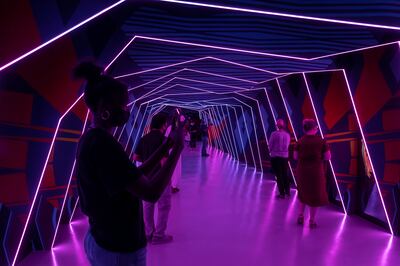
It is an aspect digitised in the first of three sections of the pavilion: a neon-lit corridor with visual installations of migrants, young and old, describing their arrival in Australia.
It's a moving exhibition, for it reminds me of the story of a spirited African woman arriving in Australia in 1990 as a single parent with three children. Her name is Zahra Baho, my mother, and she told her story at an exhibition at Melbourne’s Immigration Museum in 2017.
Under the guidance of stars
The pavilion's centrepiece is the Star Dreaming Gallery, essentially a planetarium illustrating how Australia's indigenous communities were among the world's first astronomers.
Through the observance of their surroundings, they made accurate measurements of stars, galaxies and the changing of the seasons.
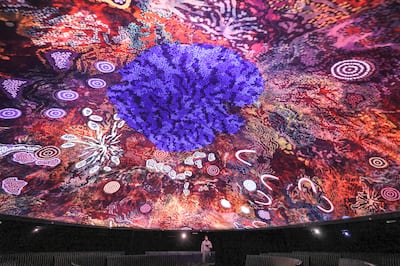
As someone who has also lived in the UAE on and off for half of my life, this felt familiar.
After all, this is a region where outer space is looked upon for guidance.
Ramadan is announced through the spotting of the crescent moon, while in late August we receive the welcome news by the Arab Union for Astronomy and Space Sciences that winter is coming with the arrival of the Suhail star, long mentioned in Arab poetry and Bedouin parables, in UAE skies.
A nod to the future
More synergy is found in the pavilion’s final showcase, Annika's Journey, a multimedia exhibition following a young girl as she takes us through Australia's various efforts to build a sustainable future by looking after its environment.

Some of the featured conservation initiatives, from the Great Barrier Reef to the mountainous terrain of Katherine Gorge in the interior region of the Northern Territory, echo some of the work done by authorities in the UAE, from Al Hefaiyah Mountain Conservation Centre in Sharjah to Abu Dhabi's Jubail Mangrove Park.
The mention of Australia's ongoing efforts to build the world’s largest radio telescope in the country's west also complements the UAE's recent success with the Mars Mission.
That Aussie feeling
While the heady subjects covered are inspiring, I discover that true feeling of “Oz” in the lovely outdoor courtyard area.
Built from Tasmanian cross-laminated timber, the sandy brown structure resembles a mini version of Federation Square in the heart of Melbourne.
Those vibes are further channelled by the city's key attractions: the excellent coffee served in the Melbourne Lane coffee truck, and hip food options such as the sausage bao (Vietnamese sausage buns) from the Local Cafe.

“No, this is it!” I tell my friend, as we toast our lattes.
From my bench, I see people of various cultures and religions chatting away while a musician on stage performs a bluesy guitar solo.
This feels like Australia as much as the UAE.
Both feel like home.
